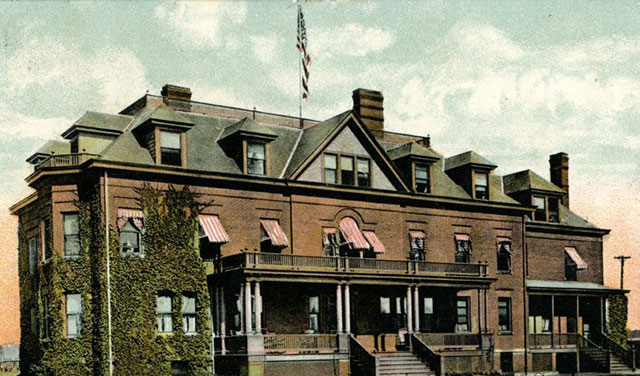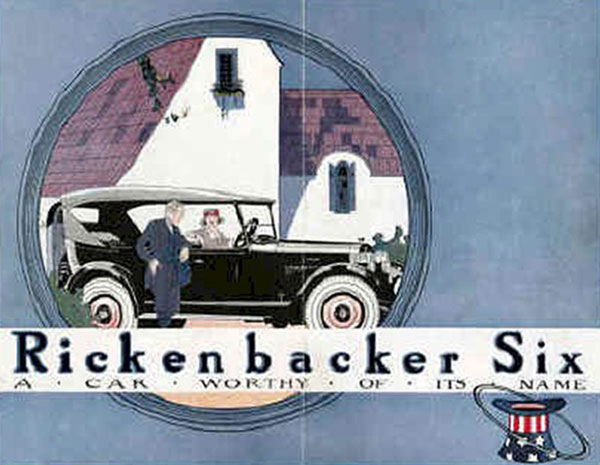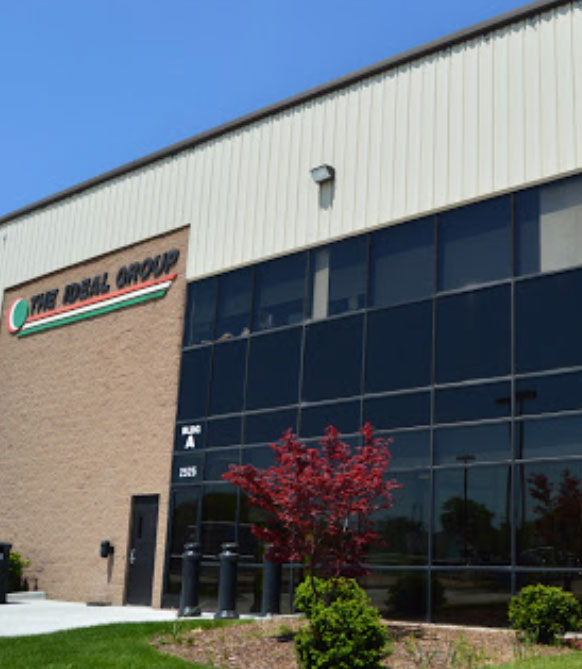
The Guide would not be complete if its tribute to the neighborhood did not attempt to honor those who relocated from throughout the world in the auto industry’s earliest days to supply the labor that powered area firms. The histories of the various cultural communities are rich and complex, presenting a challenge for the Guide team volunteers.
Before proceeding any further with this exploration, it is fitting to acknowledge that this area was known to Native Peoples as Waawiyaataanong, the ancestral and contemporary homeland of the Three Fires Confederacy. These sovereign lands were granted by the Ojibwe, Odawa, Potawatomi, and Wyandot nations, in 1807, through the Treaty of Detroit.
Corktown community historian Tim McKay reminds his audiences that “Americans are descendants of either Native Americans, formerly enslaved people, immigrants, or refugees.” What follow are posts that suggest how the Guide can begin to explore legacies of the African American, Arab, Irish, Italian, Maltese, Native American, Polish and other Eastern European communities that called Southwest Detroit home. Our capacity to do so, will depend on the willingness of other volunteers and community leaders to help advance this work.
The manner in which this material is presented here allows viewers to dive as deeply into this material as their time and interest permit.
GETTING STARTED
These two posts are very personal accounts of women who recount how “growing up auto” in the area shaped their lives. They seem a perfect way of introducing the spirit of the neighborhood.
“Thoughts About the People Who ‘Built the Car’” - Attorney Charlene Snow’s family lived close to Woodmere Cemetery. She reflects on the impact that Ford and the UAW had on her life and family.
Elise’s Story: "Surrounded by Celebration” - Activist, playwright, and choral director Elise Bryant grew up in the area’s southern tip, close to Lincoln Park. This video is a biographical piece that was developed for the production “Mad Madonnas" that is being reworked as a theatrical production.
The Guide welcomes similar contributions that complement these two posts and help trace connections to the area’s auto industry of families from different backgrounds.
INTRODUCING NEIGHBORHOOD CULTURAL COMMUNITIES
What appears here (and in the following section) should be viewed as works in progress. This material demonstrates the different way the Guide will attempt to highlight the area’s cultural communities. Click each of the highlighted titles to view what has been posted to date.
I. Introducing the Neighborhood’s African American Community – Featured here are:
- A series of videos that profile civil rights legend Reverend Charles A. Hill who figured prominently in the effort to sway African Americans to rally to the UAW;
- An excerpt from Steve Babson’s book Working Detroit that provides an overview of the campaign that led to the unionization of Ford in 1941;
- Two articles that detail the UAW's campaign of the 1950s to integrate area bowling leagues;
- A link to the Michigan Minority Supplier Development Council’s video honoring entrepreneur Dr. William Pickard whose firms were among the Clark Street Technology Park’s original tenants.
II. Introducing the Neighborhood’s Latino/a Community -Featured here are:
- Santiago Esparza Santiago Esparza’s profile of Hank Aguirre, the Detroit Tiger baseball legend and a pioneer minority automotive supplier;
- Andrea Meza’s article highlighting the “Blessing of The Lowriders,” a twenty-six-year tradition whose goal is the breaking of stereotypes.
- The former was developed as part of a partnership between the El Central, the area’s Hispanic community newspaper and the Guide team, the latter appeared in that publication in May 2024.
III. Introducing the Neighborhood’s Polish Community– Featured here are:
- A one-minute video that features Stanley Nowak, a prominent leader in the Polish community and pioneering UAW activist highlights how the network of social clubs in cultural communities contributed to the union campaigns of the 1930s.
- A brief excerpt from Working Detroit demonstrates how two halls figured in a key moment of one of the earliest strikes that launched the UAW.
The Guide team has a good deal of information that university students and neighborhood activists can use as a point of departure for developing profiles of neighborhood communities. To learn more about these opportunities, contact This email address is being protected from spambots. You need JavaScript enabled to view it..
DIGGING DEEPER
Anyone who is interested in taking a deeper dive into topics that explore the area’s communities, should review these two contributions from area scholars. Click the highlighted titles to view:
I. Crafting Southwest Detroit Cultural Community Auto Histories - Dr. Louise-Hélène Filion, a visiting scholar and lecturer at the University of Michigan’s Residential College, outlines the challenges of undertaking these inquiries when time, deindustrialization and suburbanization have so drastically altered the neighborhood’s landscape. She also cautions that future discussions must highlight the voices of those of who have been overlooked in traditional narratives of the industry.
II. Native Americans & Detroit’s Auto Industry - Aimee Shulman, a doctoral student at Wayne StateUniversity, traces the shift in policy in the 1950s that pressured Native Americans to relocate to thecity from their reservations on Northern Michigan and other areas to find employment (without thebenefit of social services that could haveeased such a challenging transition). The Guide Team hopes to work with Native American leaders to provide additional context and detail to complement her essay.
19th Century Industry - This overview introduces the firms that laid the foundation for the neighborhood’s auto industry
Early Auto Boom - This essay traces the rise of auto manufacturers in the first decades of the 20th century.
Autoworkers and Their Industry - This post provides an overview of the challenges confronting the auto industry in the years following World War II.
Disinvestment and Revitalization - This article documents the decades of economic dislocation that battered the neighborhood during the last half of the 20th century.
Labor Roots - This page lists all of the posts that explore the history of organized labor found in the Guide
The Guide’s WE “AUTO” KNOW MORE tab lists the businesses and local union profile that we hope to develop in the future.
In addition, it is anticipated that within the next year grant funding can be secured to broaden the Guide’s discussion of the ties of Southwest Detroit’s ethnic communities to the auto industry. That effort envisions organizing workshops where representatives from cultural communities can work with team members to craft tributes to those communities’ early neighborhood roots.
Scholars or college students would also be welcome to work the Guide team to generate a post that focuses on worker housing or additional discussions about minority businesses tied to the auto industry. In each instance, a considerable amount of material about each topic has already been collectd. For more information about any of these initiatives, email: This email address is being protected from spambots. You need JavaScript enabled to view it.
Click to view
Railway Cars, Bricks, And Salt: Southwest Detroit Industrial History Before Auto, Thomas Klug’s 1999 report provides an overview of the neighborhood's industrial roots. It was part of a Southwest Detroit Business Association’ “Faces, Places, & Automobiles” planning study funded by the Michigan Humanities Council and the City of Detroit Historic Designation Advisory Board. This essay, and the bus tour provided by Ron Alpern under the auspices of Detroit Labor History Tours for the study team, represent the early seeds of the Auto Heritage Guide.
Breaking Barriers: The OJ Transport Story, Mitchell Fleischer’s essay traces the story of the campaign by James Group International founders to overcome the obstacles that prevented African - American and other minority entrepreneurs from entering the interstate trucking industry.








